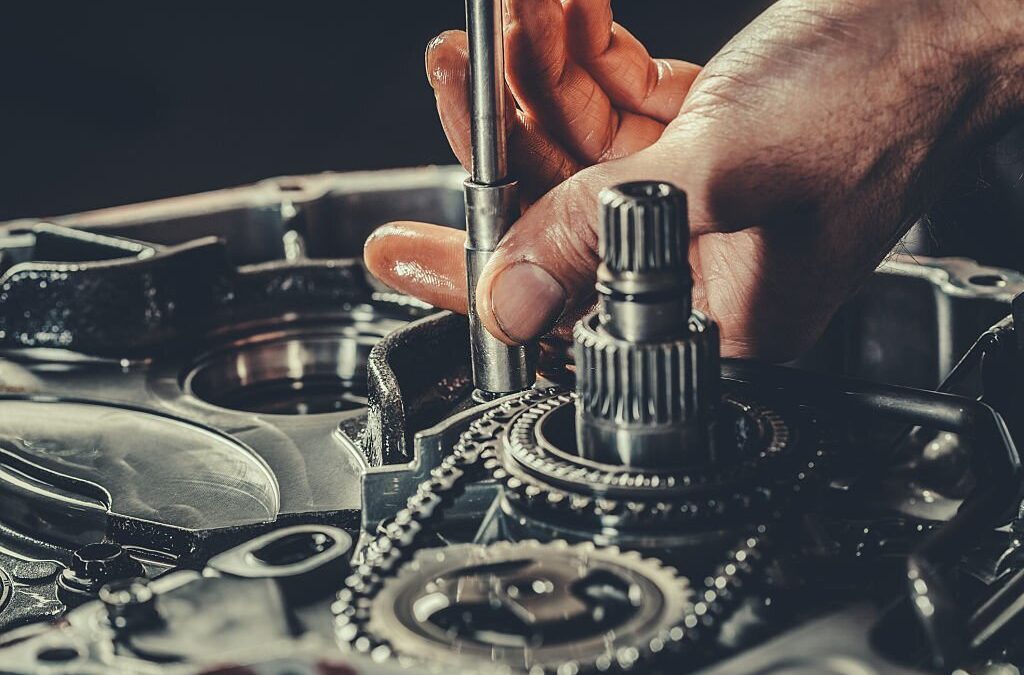The field of mechanics is the study of the motion of bodies under various forces. These forces, ranging from gravity to power to attraction, determine how bodies move. These forces also define the primary objectives of the movement. The three types of mechanics are classical, quantum and continuum. Let’s examine each one in more detail. The three types of mechanics all have critical applications. In addition to their application in everyday life, each class is helpful for specific purposes.
Classical mechanics is a branch of classical physics that deals with the motion of bodies under forces and their equilibrium when all parties are equal. This branch of physics was founded on the ideas of the ancient Greek philosophers, who believed that abstract principles governed nature. Aristotle’s mechanical theory traces the movement of cannonballs and heavenly bodies in perfect circles. The principles of classical mechanics have influenced most branches of science and engineering.
Another branch of mechanics is called dynamics. This branch of physics is concerned with the motion of materials under the influence of forces. This branch of science is further divided into linear and rotational dynamics. Linear dynamics studies the motion of objects in a straight line, while rotational dynamics deals with things that rotate around a fixed center. In both branches of mechanics, forces and mass are used to determine the cause of motion. These principles are applied in engineering, where many applications range from designing bridges and cars to developing rockets for space exploration.
Heavyweight equipment mechanics are professional mechanics specialized in heavy industrial equipment and railroad construction. They are skilled at disassembling and reassembling massive machines. In addition to heavy equipment mechanics, there are also mobile heavy equipment mechanics who maintain construction and surface mining vehicles. These mechanics can work for dealership repair shops or large construction companies. The job is often highly skilled and complex. The three types of mechanics share some fundamental characteristics, but each one has unique features that make them unique.
Classical mechanics refers to the physical laws of motion. Quantum mechanics, on the other hand, applies to large systems and is the most modern branch of mechanics. It applies to large systems and can explain processes down to the atomic level. You can also apply quantum mechanics to consider strategies with finite-dimensional state spaces. For example, quantum statistical mechanics can be used to derive the thermodynamic properties of gases.
In general, mechanics fall into three main branches. First, statics deals with forces and motion of bodies in rest. Second, kinematics deals with the potential movement of a body, while kinetics attempts to explain the activity in a given situation. In North America, mechanics are commonly known as automotive technicians or automobile technicians.

